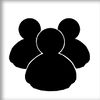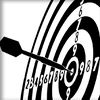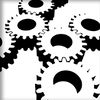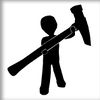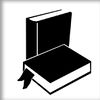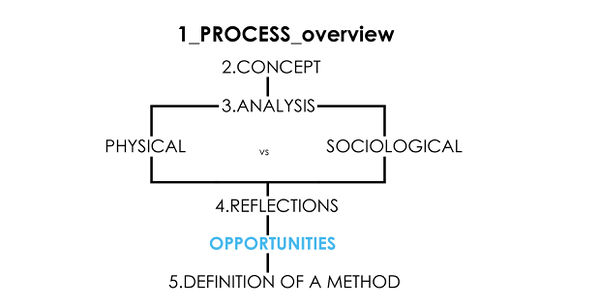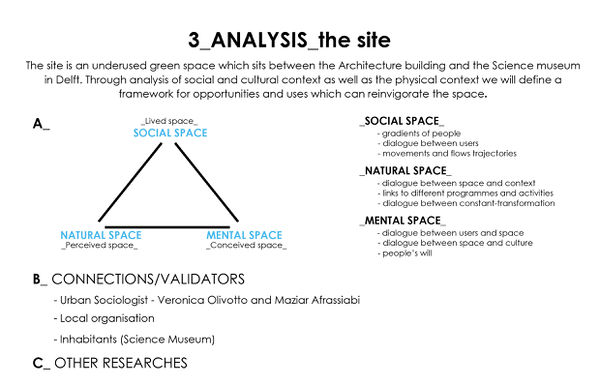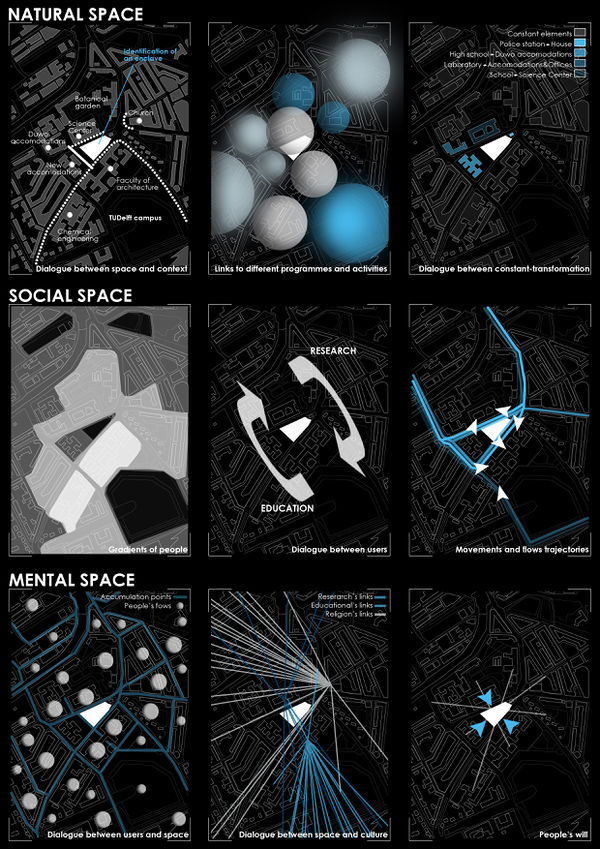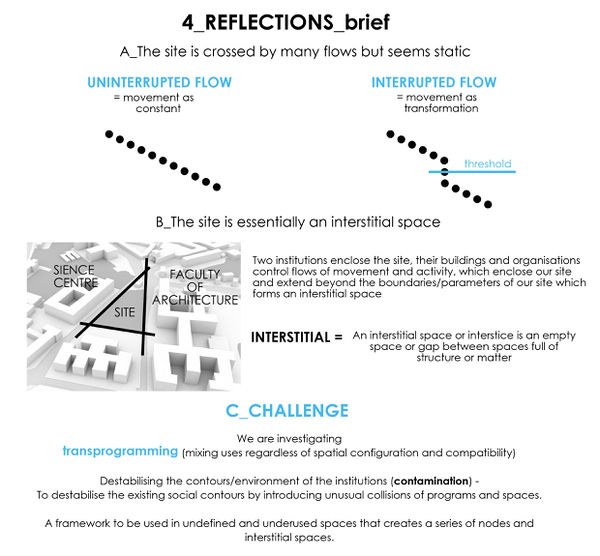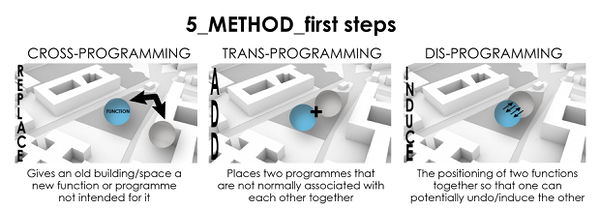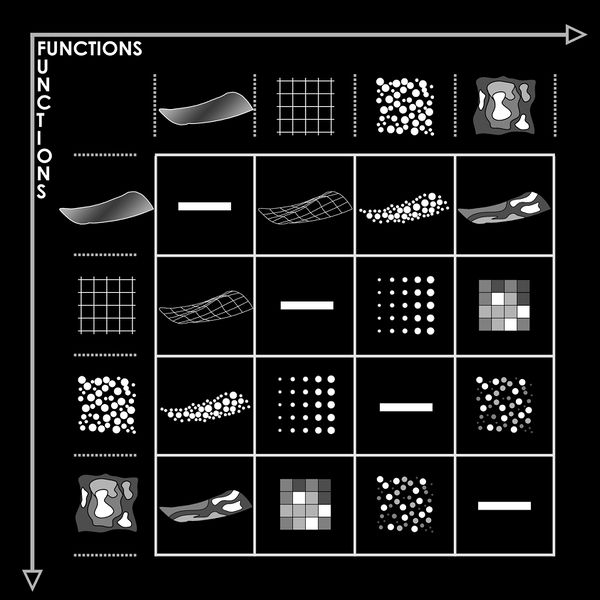atom10:Home
| Line 38: | Line 38: | ||
| − | |||
| − | |||
| − | |||
| − | |||
| − | |||
| − | |||
| − | |||
Revision as of 19:38, 17 September 2011
atom10:MATERIALIZATION-INFORMATION
Matrix of imaginary uses
- Oral history museum
- Bar/Nightclub
- Botanical garden
- DMT vending machines
- Bicycle lock/shelter
- Playground
- Library
- Sushi restaurant
- Gym
- 24 hour shop
- Snack bar
Research
“Architecture is a combination of Space, Events and Movement without any hierarchy” (Bernard Tschumi)
_The concepts of cross/trans/dis-programming will allow for a flow of dialogue by emphasizing transformation, adaptation and movement in design. _Trans-programming can produce a path for urban interchange. The unexpected interaction resulting from this is the challenge. _Dialogue between form and function results in spaces of urban interchange. In this way the flow of dialogue is not only increased between the different users of the space/building, but also between the users and the space/building/urban sourranding.
Now we want to create a description of our purposed/imaginery activities, exploring how they would use the site and what sort of structure they requires. At the same time we want to develop a matrix or diagram representing the different possible uses of space.
